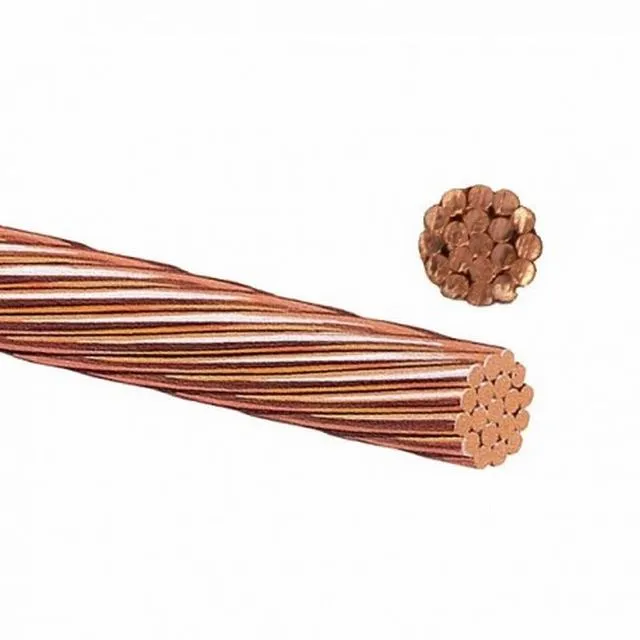Time: 2025-04-22 13:55:51 Source: Henan Province Jianyun Cable Co., Ltd.

Bare copper wire is a conductor made of pure or nearly pure copper without any insulation or protective coating. It’s available in solid or stranded forms and various gauges (e.g., 6 AWG for grounding, 2 AWG for overhead lines). Copper’s excellent conductivity and corrosion resistance make it ideal for electrical applications, especially grounding, where it ensures a low-resistance path for fault currents.
Bare copper wire is commonly used in grounding systems (e.g., ground rods in residential setups, as discussed in French standards like NF C 15-100), overhead power lines (e.g., neutral or shield wires), and electrical panels. Unlike insulated wires (e.g., NM-B, PV wire), it lacks a protective layer, making it vulnerable to accidental contact or environmental factors. Bare copper wire is like the raw, exposed nerve of an electrical system—highly effective but requiring careful handling to avoid danger.
Bare copper wire can be safe when used correctly, but its lack of insulation poses inherent risks. Below is a table summarizing its safety considerations in different applications:
| Application | Safety Level | Risks |
|---|---|---|
| Grounding Systems | Safe if buried or inaccessible | Corrosion if exposed, accidental contact |
| Overhead Lines | Safe at height, isolated | Shock if touched, arcing |
| Indoor Exposed Wiring | Unsafe without protection | Shock, short circuit, fire hazard |
| DIY Projects | Unsafe for novices | Improper use, electrical hazards |
Safe Uses: Bare copper wire is safe for grounding, such as connecting a ground rod to a panel (e.g., 6 AWG in a TT system per NF C 15-100), where it’s buried or placed out of reach. It’s also safe in overhead applications (e.g., neutral wires on poles, as discussed earlier), where height and insulators prevent contact. Risks: If used as a live conductor indoors without insulation, it poses a high risk of shock, short circuits, or fire, as there’s no barrier to prevent accidental contact or arcing. Environmental exposure can also lead to oxidation, though copper’s natural corrosion resistance (via patina formation) mitigates this over time. Using bare copper wire is like handling a live fish—it’s safe in its proper environment (water or grounding), but dangerous if brought into the wrong context (exposed live wiring).
To ensure safety when using bare copper wire, follow these precautions to minimize risks and comply with electrical codes:
Handling bare copper wire safely is like using a sharp knife in the kitchen—it’s a valuable tool for specific tasks (grounding), but requires careful handling, proper placement, and protection to avoid injury.
Bare copper wire is safe when used correctly, primarily for grounding systems or overhead neutral/shield wires, where it’s inaccessible or isolated. Its lack of insulation makes it dangerous for live or neutral wiring in accessible areas, posing risks of shock, short circuits, or fire. Safety precautions include using it only for grounding, keeping it out of reach, protecting it from corrosion, and following codes like NEC or NF C 15-100. By understanding its proper applications and risks, bare copper wire can be a reliable component in electrical systems, ensuring safety and performance.